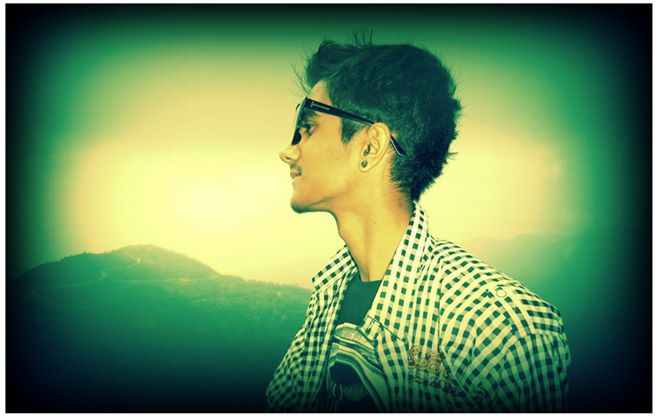The First Vacuum Cleaner- In 1901, Englishman Hubert Cecil Booth invented the first successful Vacuum Cleaner. The machine worked well and was popular with rich people. It was also used in places such as Westminster Abbey, Buckingham Palace and Windsor Castle. Booth's cleaner was so large that it had to be pulled along by the horse, and six people need to operate it. The machines were only hired out, never been sold.
The upright Vacuum Cleaner was invented by American named James Murray Spangler in 1907. Spangler realized that his asthma was made worst by dust, and wanted to find a more efficient way of sweeping. He made the first upright vacuum cleaner with the help of a pillowcase tied to a broom handle and an electrical pump. Spangler sold the patent to his cousin William H. Hoover, who improved the invention and started a very successful business selling vacuum cleaner.
Four Kitchen Top Inventions-
· Washing Machine- A washing machine was made in about 1677 by an Englishman named John Hoskin. Fellow Englishman William bailey made a more efficient version in 1758. The first mass produced washing machine was invented by American Alva J. Fisher in 1907, and was called Thor.
· Microwave Oven- The Raytheon Company in USA began using microwaves oven on 1947 to cook foods commercially. The idea came from one of their scientists, Percy Spencer. He had been standing near a microwave tube and noticed that a chocolate bar in his pocket had melted, althoug he had not felt any heat. The first home micrawave appeared in 1952 and cost $1.295.
· Refrigerator- People used pickle, smoke, dry and salt food so that they could store it. During 19th century people used to put things in large ice filled boxes. In 1913 the first refrigerator was made. It was called Domelre( Domestic Electric Refrigerator) and was used for home purpose. Refrigerators were not popular until afterWorld War II when its design was improved.
· Pop-Up Toaster- Charles Strite,a US mechanic invented the pop up toaster in 1919. There were toasting machines before, but thay had to be watched carefully all the time so the toast didn't burn.














